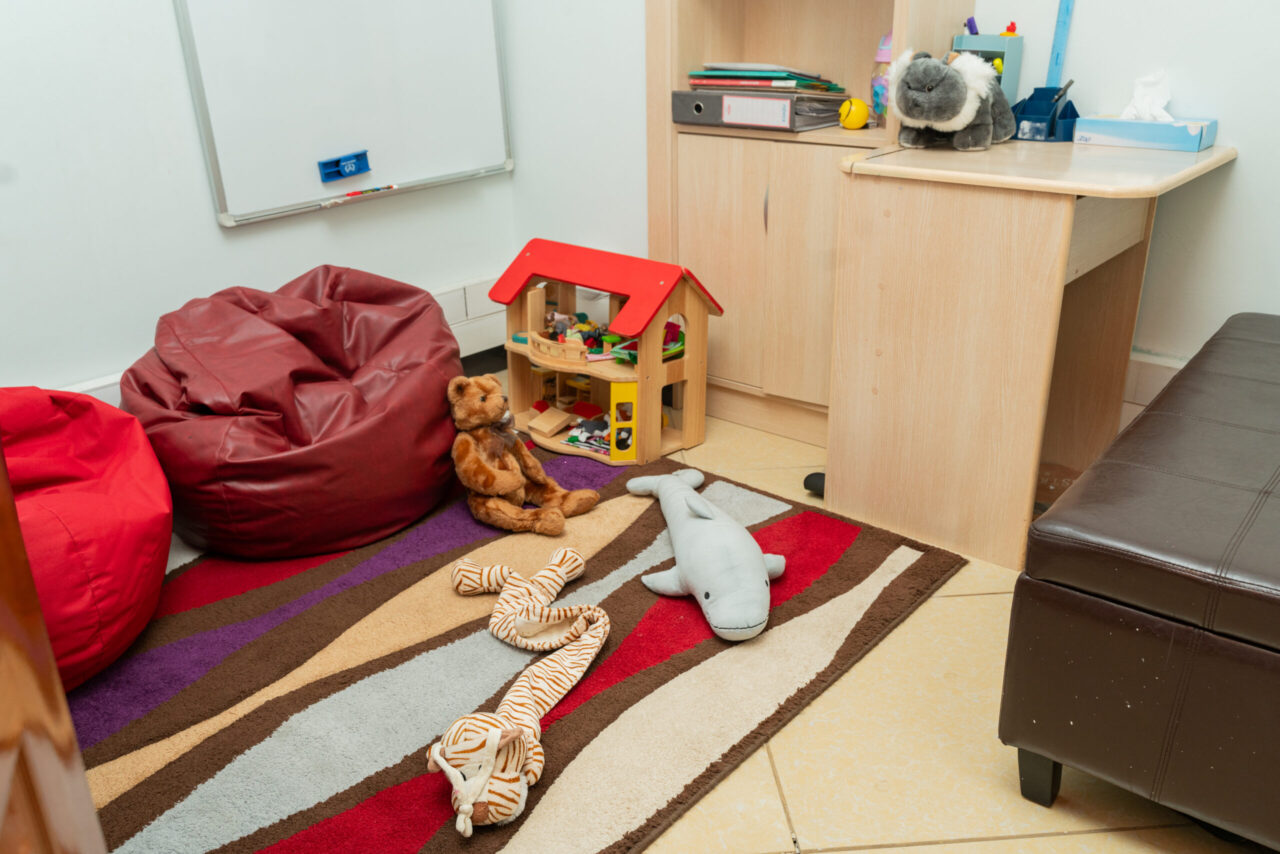
How to tell your child No.
As a parent, saying “no” is an important part of setting boundaries and helping your child learn appropriate behavior. However, it can be challenging to say “no” in a way that is firm but also loving and supportive. Here are some methods for telling your child “no” effectively:
Be clear and direct: When you say “no,” make sure your child understands exactly what you mean. Use clear language and avoid using euphemisms or hints. For example, instead of saying “maybe later,” say “no, we can’t do that right now.”
Use a calm and neutral tone: Try to avoid yelling or getting angry when saying “no.” Use a calm and neutral tone of voice to convey your message. This can help your child understand that your decision is based on rational thinking and not influenced by emotions.
Explain your reasoning: It can be helpful to explain your reasoning behind saying “no.” This can help your child understand why you made the decision and learn from the experience. For example, if you say “no” to buying a toy, explain that you don’t have the money right now or that it’s not appropriate for their age.
Offer alternatives: When saying “no,” it can be helpful to offer alternative options that your child can choose from. This can help your child feel empowered and give them a sense of control. For example, if your child asks for a sugary snack, you can say “no” and offer a healthier alternative instead.
Follow through: When you say “no,” it’s important to follow through on your decision. If you give in after saying “no,” it can send mixed messages and make it harder to set boundaries in the future.
Show empathy: Saying “no” can be difficult for both you and your child. Show empathy and understanding by acknowledging your child’s feelings. For example, if your child asks for a toy, you can say “I know you really want that toy, but we can’t buy it today.”
In conclusion, telling your child “no” is an important part of parenting. By being clear, calm, and supportive, you can help your child understand and accept your decisions while also promoting healthy boundaries and behavior.



